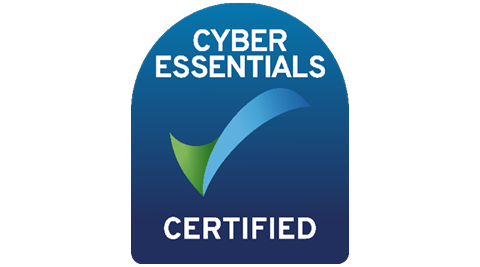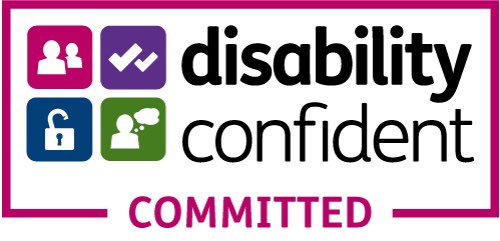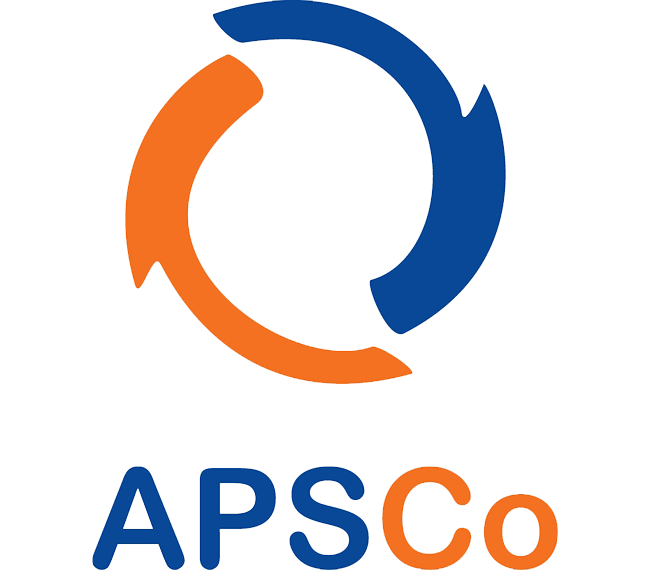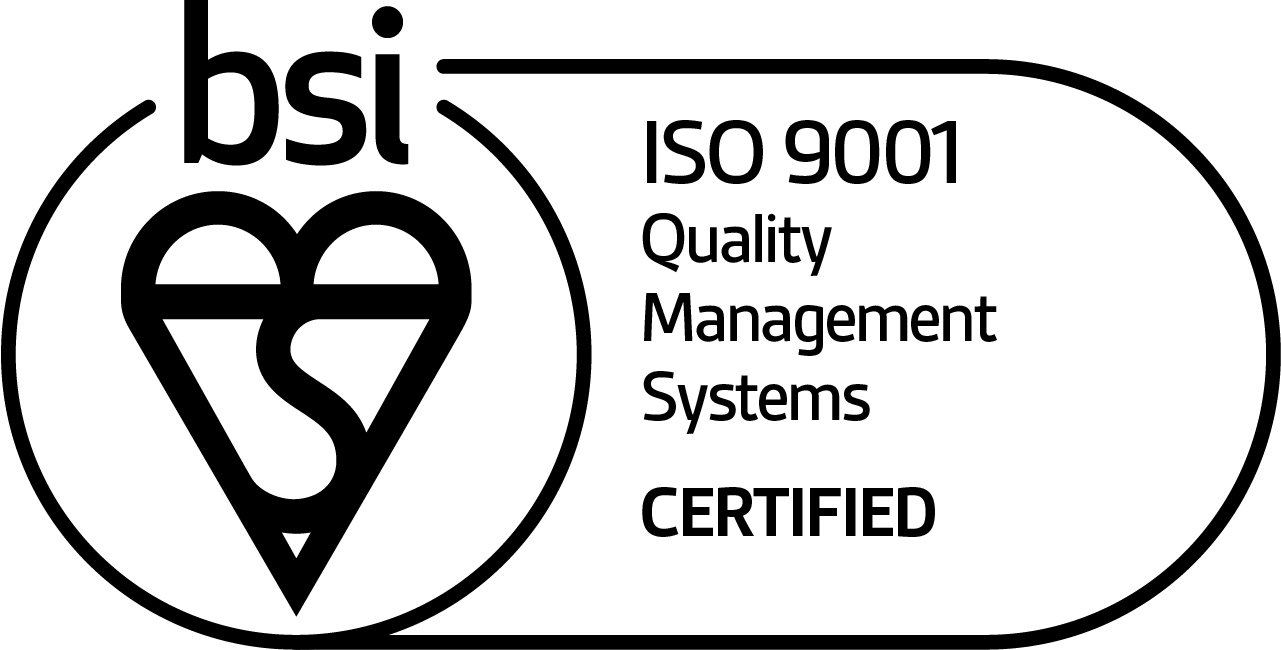Regardless of the progress that has been made with equality, diversity and inclusion in the engineering sector in recent years, there is still a long way to go. The disparity between groups is startling when looking at gender, socioeconomic background, ethnicity, and disabilities.
According to EngineeringUK, 12% of people currently working in the engineering sector are female, in comparison to 51% of the working population.
In addition to this, 24% of those working in engineering come from low socioeconomic backgrounds, and those from advantaged socioeconomic backgrounds were almost four times more likely to work in an intermediate, managerial or professional role between the ages of 30 and 39.
Furthermore, 37% of Black engineering graduates are employed in an engineering role six months after they have graduated, compared to 41% of Asian engineering graduates and 60% of White engineering graduates.
In regards to disabilities, 9% of engineering and technology students stated that they have a disability or impairment.
Unfortunately, at Scantec our Engineering Project Services and Skill Trade team can confirm that these statistics are reflective of our experience. So, what exactly can organisations do to address equality, diversity and inclusion in the engineering sector?
Now, we understand that this is a huge issue and there is no quick fix, however, we all need to start somewhere. With this in mind, here are a few suggestions on how to make your hiring process more inclusive:
1. Provide ED&I training for all employees
Last year, all Scantec consultants completed an ED&I training course called Inclusive+, facilitated by international recruitment trade body, APSCo. Our recruiters found the course extremely valuable as it helped them gain the knowledge and confidence to overcome objections to inclusive recruitment, as well as the ability to recruit more inclusively, reaching more diverse and underrepresented talent.
Although it may not be feasible to immediately invest in training for all employees straight away, it is beneficial to start putting the wheels in motion as soon as possible. If your organisation is able to offer ED&I training to all directors, senior managers and team leads to begin with, this will be the first step to improving your hiring efforts.
Going forward, it is important to give all employees the opportunity to complete ED&I training, given that ideally your employees will have career development plans in place, and are likely to be hiring managers at some point in the future, if they aren’t at present. The goal should be to provide all new employees with ED&I training as part of their onboarding process - but this may need to be part of a long-term strategy.
Ensure all efforts are communicated to everyone within your organisation, to give complete transparency and reassure employees that steps are being taken to improve the overall equality, diversity and inclusion within your company.
2. Educate hiring managers on unconscious bias
Whether it is a part of the ED&I training programme that you are providing for hiring managers, or it is an additional piece of education that you are able to provide, ensure that your hiring managers know and understand the meaning of unconscious bias. One possibility when considering how to do this would be to review CVs and applications anonymously - where an applicant’s identity is removed from the process, and your judgement is based solely on their experience, knowledge and qualifications.
Shereese Wood, Divisional Director - Engineering Project Services and Skill Trade team added:
“One of the things our client was committed to was only sending hiring managers ‘blind CVs’ i.e. removing all names to avoid being swayed by someone's sex, race or religion, DOB to avoid ageism and even removing the name of the University they attended to remove pedigree bias.”
The likelihood is that most people will be completely unaware of the unconscious bias they are projecting onto candidates throughout the hiring process - which is entirely the reason those that are hiring need to be aware of it.
Shereese Wood, Scantec’s Divisional Director, said:
“It’s the halo and horns effect; people naturally favour people who are like them. Everyone does it - most of the time without realising, which is why it is important to acknowledge this behaviour. It’s the first step in making a positive change - then you can start to see the value in people with different ideas.
Research shows that diverse teams are better at making decisions 87% of the time over non-diverse teams. Diverse teams offer broader perspectives and bring more information to the table.”
One of the first steps to improving ED&I within the engineering sector will be removing any systemic or unconscious barriers that are in place to give employers access to a wider talent pool.
3. Remove restrictive requirements in job adverts
If the diversity within your organisation has been hitting a wall during your hiring process for some time, it may be worth looking at the essential requirements within your job adverts or in your company policy.
If, for example, all applicants are required to have a certain level of qualification, or a university degree, such rigid academic requirements will likely be isolating people from a range of socioeconomic backgrounds and making them unsuitable for the role. However, if these requirements are replaced with more experience and knowledge-based requirements, you are opening up your talent pool to a far greater and more diverse group of people.
Get in touch
If your engineering company is currently hiring and would like advice on how best to improve your chances of reaching a more diverse range of candidates, contact Scantec’s specialist engineering recruitment team.






